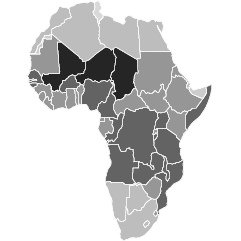After seeing polar charts of street orientation in major cities, Vladimir Agafonkin, an engineer at Mapbox, implemented an interactive version that lets you see directions for everywhere:
Extracting and processing the road data for every place of interest to generate a polar chart seemed like too much work. Could I do it on an interactive map? It turns out that this is a perfect use case for Mapbox vector maps — since the map data is there on the client, we can analyze and visualize it instantly for any place in the world.
Fun.
So someone’s going to take the next step to rank and rate griddyness around the world, right?

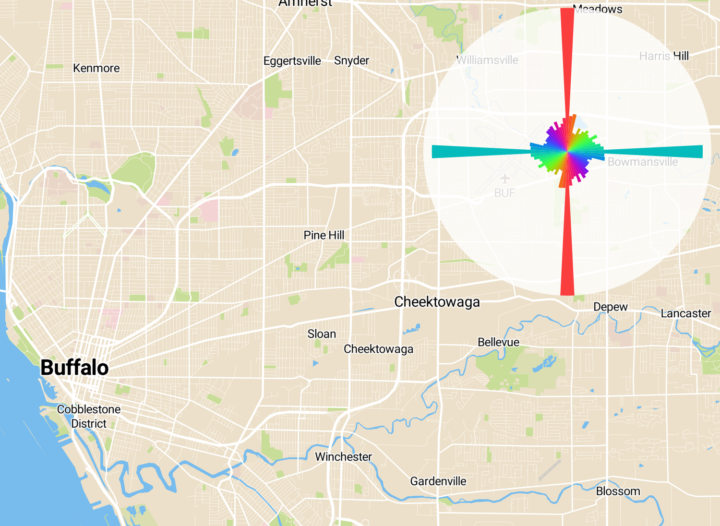
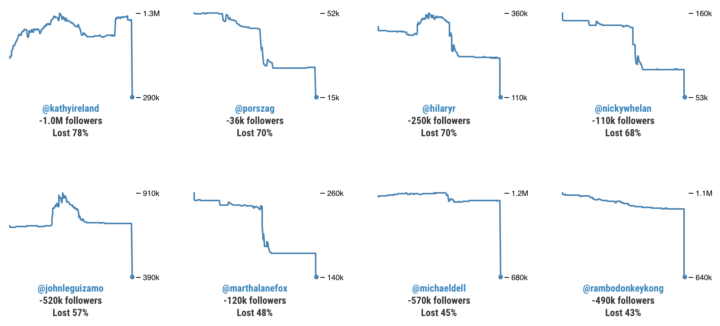
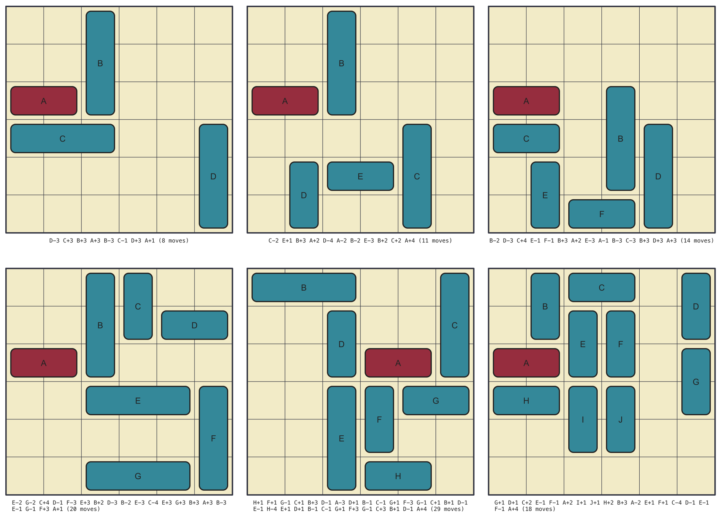
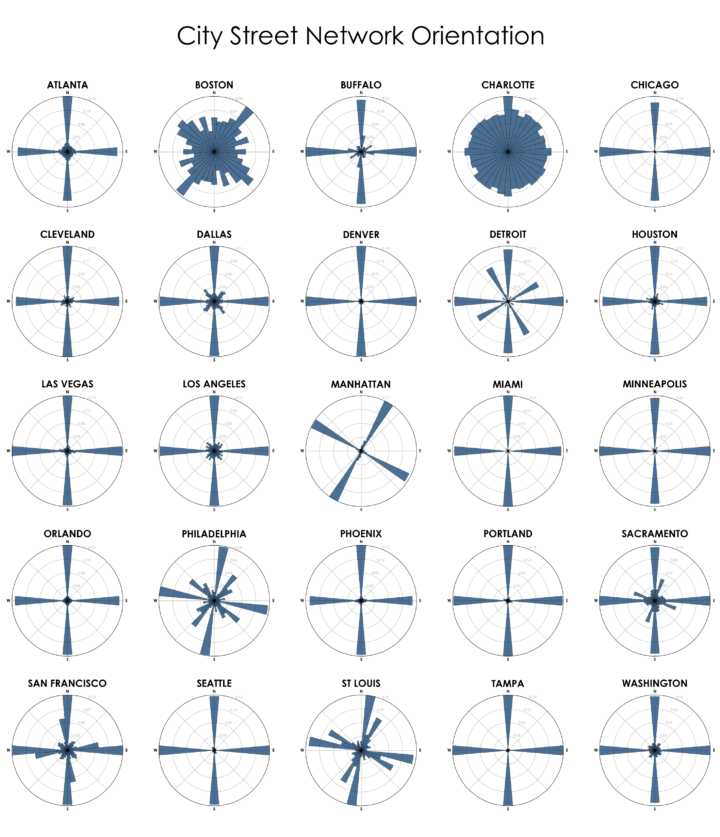
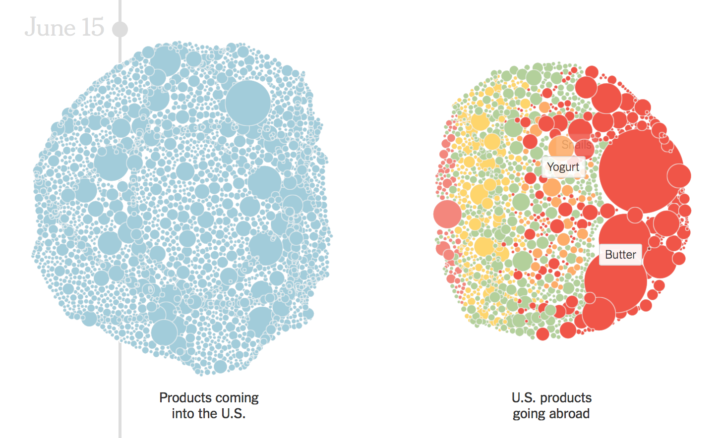

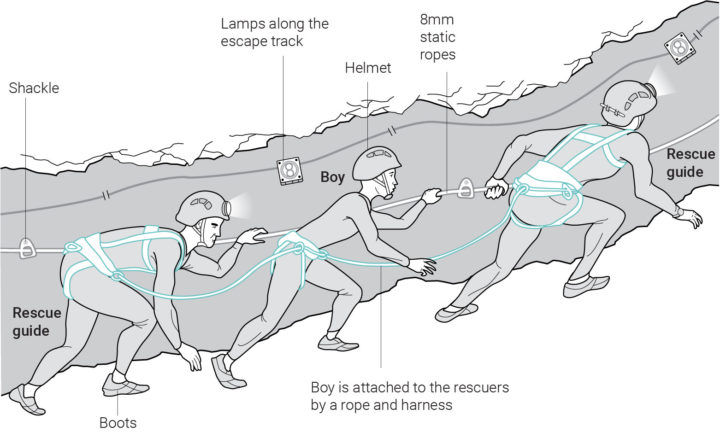

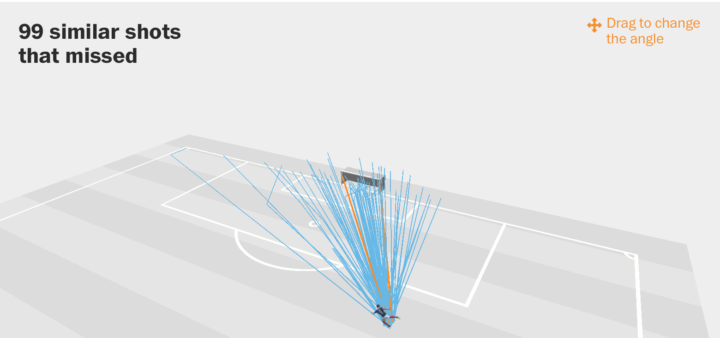
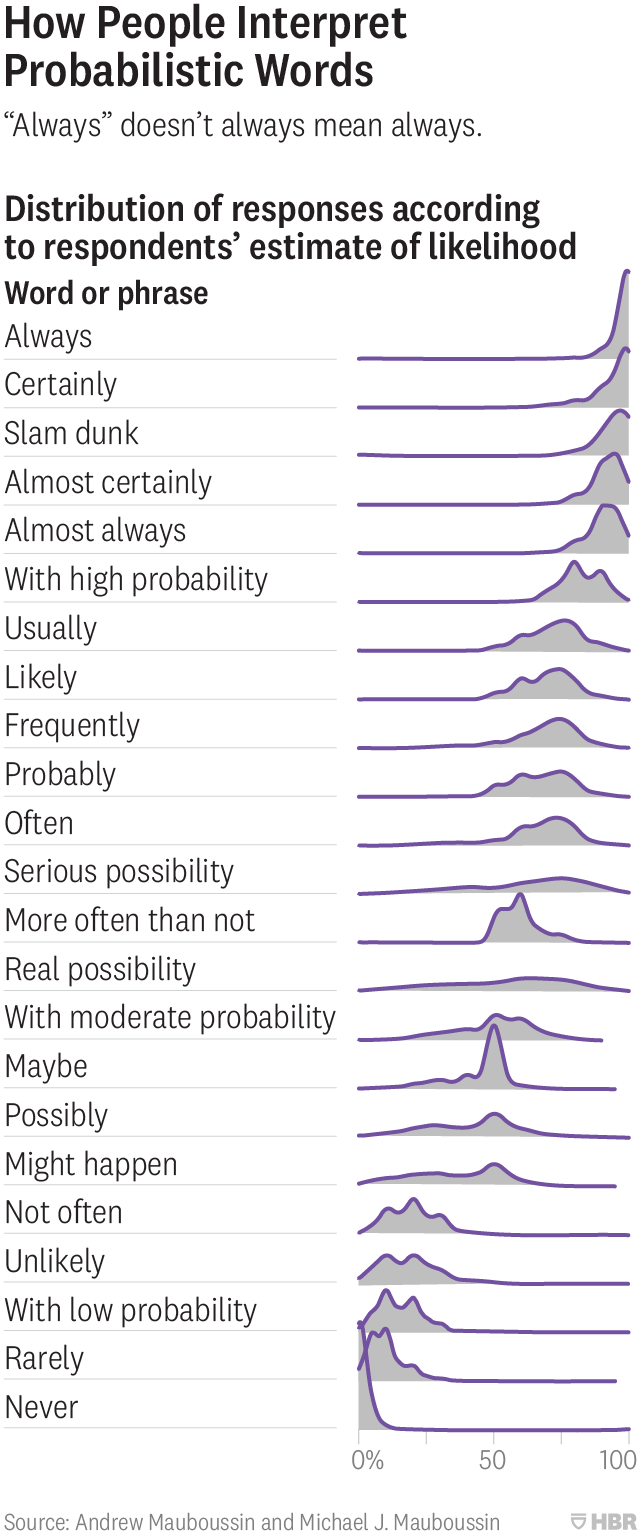 In the early 1990s, the CIA
In the early 1990s, the CIA 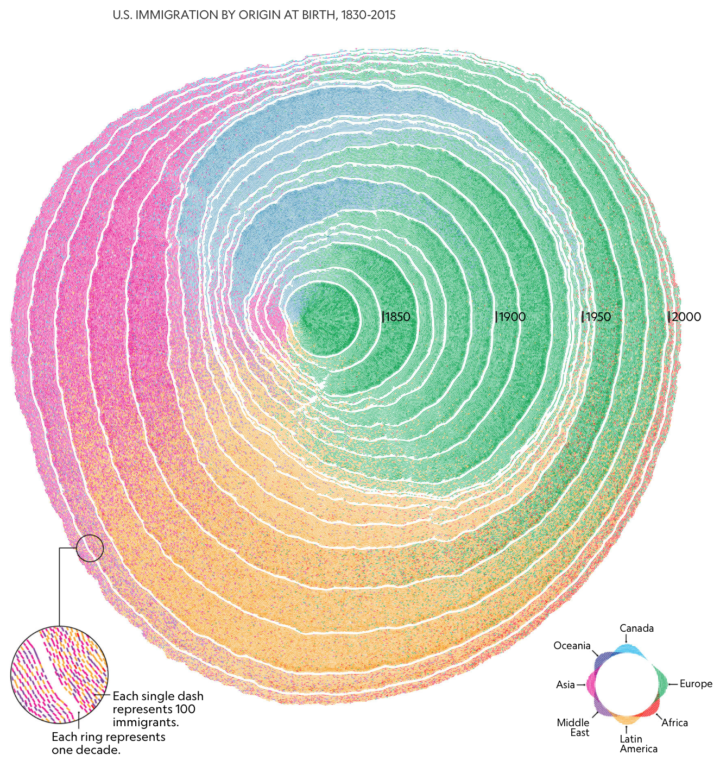
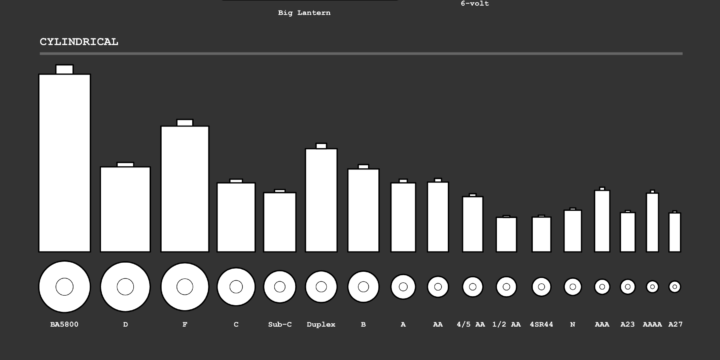
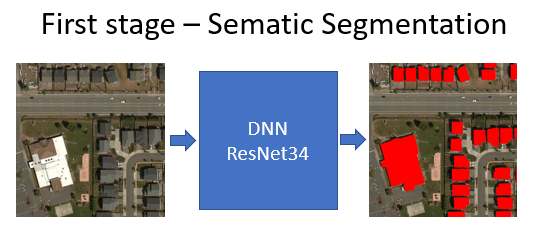
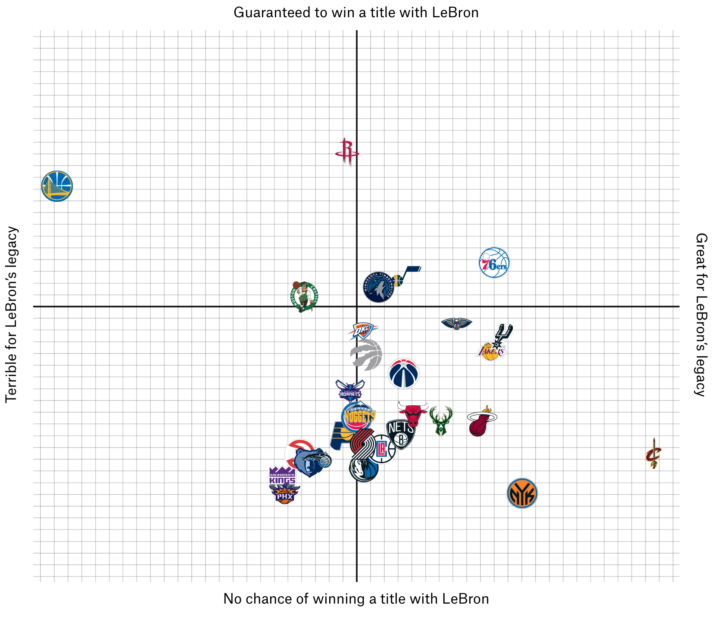

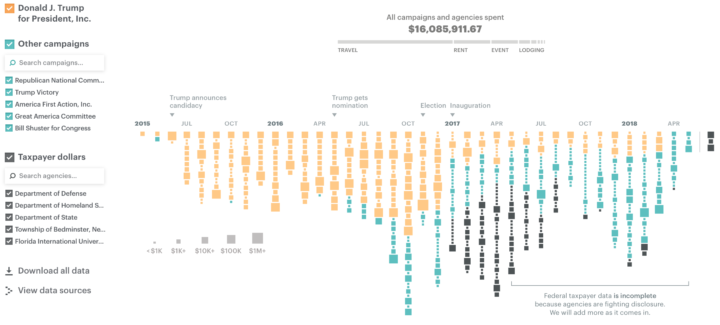
 Visualize This: The FlowingData Guide to Design, Visualization, and Statistics (2nd Edition)
Visualize This: The FlowingData Guide to Design, Visualization, and Statistics (2nd Edition)






